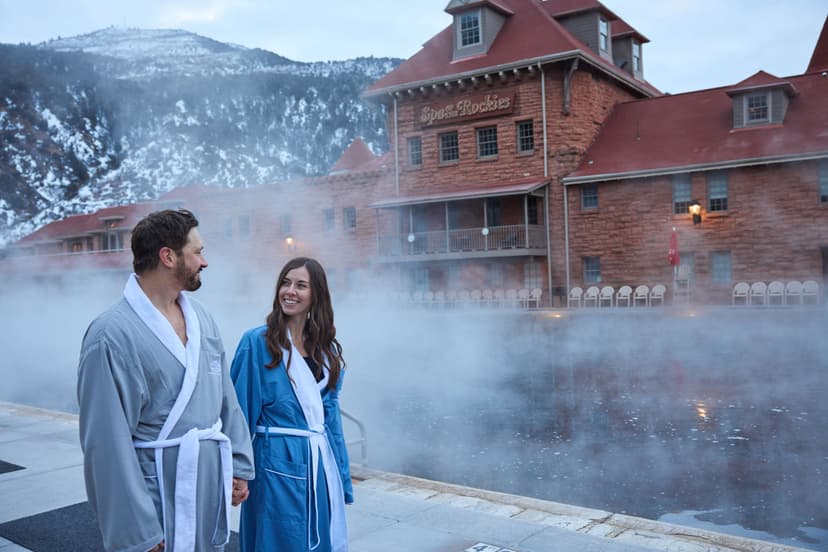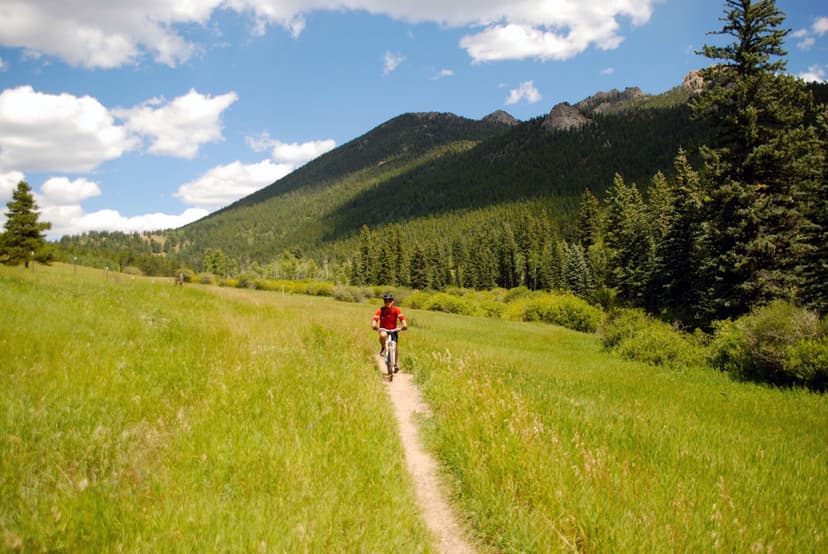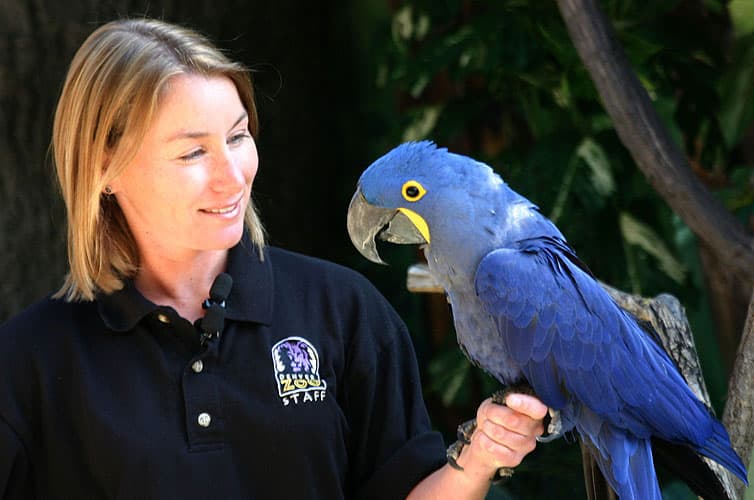Yes — in spite of the elaborate engineering and advanced equipment that’s gotten us to the summit with minimal effort for 80 years, there are folks out there who legitimately want to earn their turns. Intrigued? Here’s the what, why and where.
What Is Uphill Skiing?
Uphill skiing, also known as “skinning,” “alpine touring” or “ski mountaineering,” involves bypassing the trusty old ski lift and climbing to the top of each run — under one’s own power — before schussing back down. It’s like a lesson in the properties of gravity: now it’s your enemy, now it’s your friend. Actual mountaineers, along with a small population of extreme skiers, have been skinning for ages, to gain access to unspoiled areas that would otherwise be out of bounds.
Though it’s still a relatively new industry, ski mountaineering has grown enough to nudge resorts and recreation areas into defining policies and procedures around the activity. Colorado mountains have yet to develop a fee system for uphill access — which is good, because you’ll need some extra cash to gear up.
As with Nordic skiing, skinning requires hybrid bindings with heels that detach for hiking uphill, and clip in for downhill stability. You’ll also want lighter boots offering a “hike mode,” with extra mobility in the ankle. And finally, you’ll need the eponymous skins that will actually get you to the top. These nylon or mohair “grip strips” are smooth in one direction and textured in the other to prevent you from backsliding, and are removed and stowed during your trips downhill.
Backcountry & After-Hours Safety Note: It should go without saying that skinning and skiing on uncharted terrain (or on groomed trails, after resort staff have gone home for the evening) should be left to the hardcore folks: expert-level athletes who have both avalanche-preparedness training and alpine rescue gear. If you don’t fall into this very narrow niche, though, you can always hire a professional guide — or just stick to the daytime groomers. Learn how to steer clear of winter backcountry danger
Why Alpine Mountaineering?
When it comes to outdoor adventure, “why?” just isn’t part of Colorado’s vocabulary. But if you ask any uphill enthusiast, you’re likely to get any variety of answers. Access to first tracks in pristine Rocky Mountain powder? Sweet. A respite from the lift lines and a hefty price break? Awesome. The opportunity to burn more than twice as many calories? Sign us up! And, speaking of that — here’s a quick overview of the best places in Colorado to try the alpine-touring trend.






